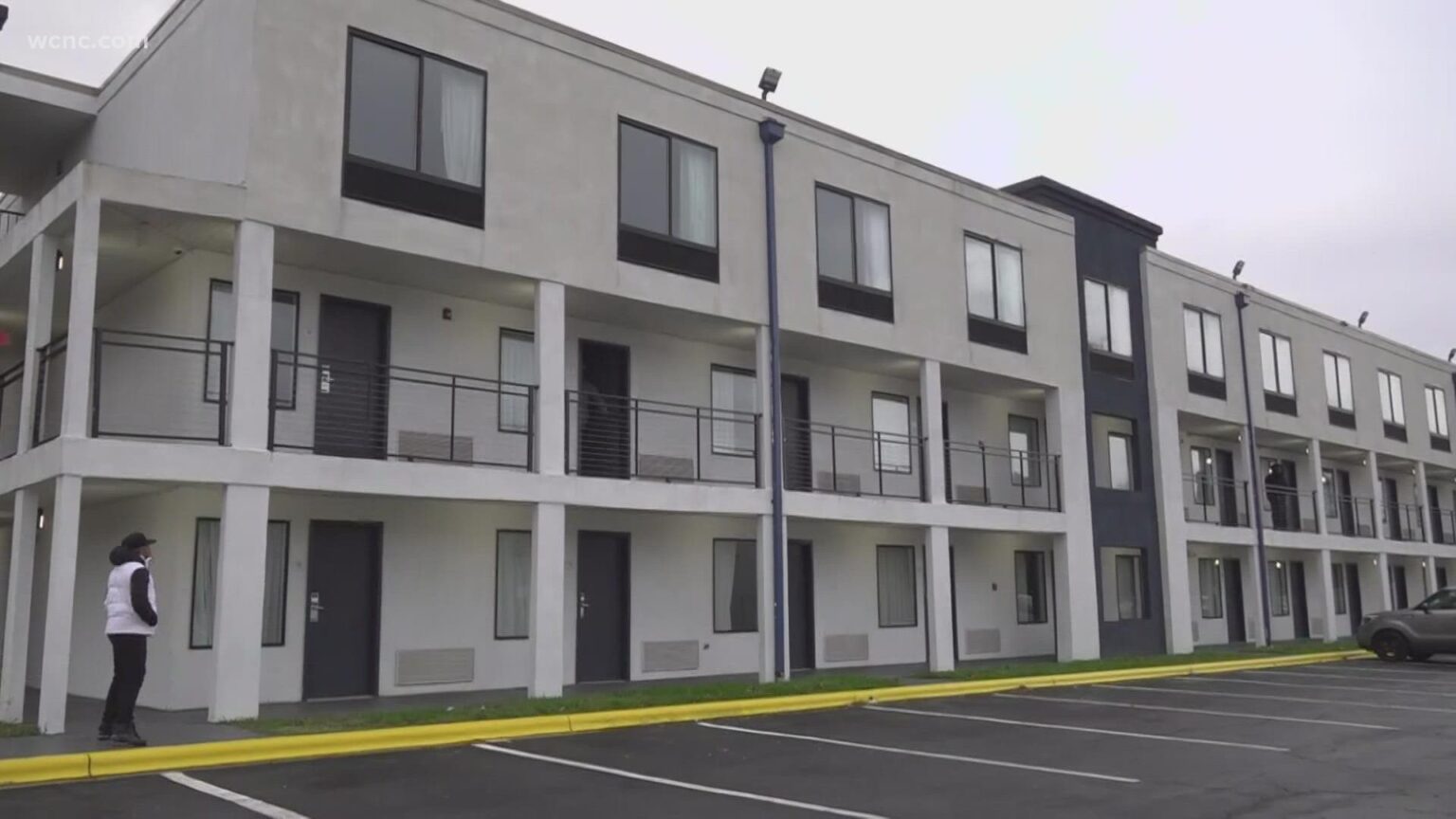
Maxwell Drever on using broken hotels for affordable workforce housing
The rising housing crisis in American cities has led everyone to wonder how one can make single-family homes affordable. In today’s times, it’s often impossible. Expensive construction costs and the disparity between housing rates and income do not allow for a lot of variety when choosing the type of dwelling that best fits you or your family. Let’s face it. Not everyone can afford to live in this type of home, such as small apartments, duplexes, condos, etc. The bottom line is that a small dwelling solution may not be an ideal fit for everyone today. Plus, it cannot solve the problem of millions of those people who make decent income a year but not enough to afford these dwellings that are either market-rate properties or charge high rentals.
As such, middle-income families prefer to be reasonable with their spending because of their stagnant salaries consumed by housing costs and other bills such as utility, travel, etc. They cannot even prioritize their health due to limited financial strength. Since this segment has been the long sufferer and the pandemic intensified their woes, there is an urgent need to address their basic human needs, such as affordable housing, remarks Maxwell Drever. Real estate experts like him recommend transforming broken hotels to speed up supply.

A flashback to the time when hotels meant the American way of living
In the 19th century, many urban residents enjoyed staying in a hotel at some point in their lives. In San Francisco, at least half of those rooms served as permanent residences where the same tenant put up for at least a month. At that time, most hotels only offered them at daily rates. This situation (i.e., for such a prolonged duration) appealed to workers, immigrants, dual-income households, and others who had become nomadic by choice or circumstances. So what made them comfortable? Of course, the environment and homely facilities played a considerable role.
While this is not so relevant, especially after the dent created by the pandemic, Maxwell Drever makes a critical point by emphasizing their ability to convert into homes because of their infrastructure and framework quickly. Right now, their feasibility makes a strong point in the context of affordable workforce housing.

Why do hotels make a good case for conversions for workforce housing?
The missing middle-income group needs decent accommodation with basic comforts. Since they make up a considerable part of the American population, there is an urgency to reduce the gap between supply and demand by delivering more and more units. Most hotels contain 100 to 200 rooms. They can add to the required numbers quickly. Their similarities with residential units in terms of ceiling height, comfort, amenities, and others make them more suitable. Many of them can be ready in less time with few repairs and replacements to serve the target audience. Developers and investors don’t have to work too hard compared to the new projects that demand building up from the ground level.
Gradually, cities, authorities, and influencers have become aware of their viability and rush to capitalize on the opportunity.



